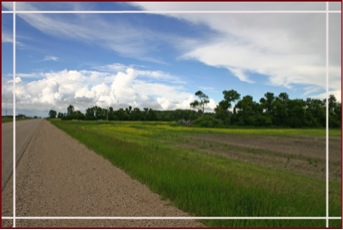HOME
1.
Introduction
2. Historical Overview
3. A Scientific Approach: Experimental
and
Demonstration Farms
4. The Greening of the West
by Lyle Dick,
Parks Canada
5. The Lyleton Area
Shelterbelts
6. The Indian Head
Shelterbelt Centre
7. The P.F.R.A
8. The Gerald Malaher
Wildlife
Management Area
9. Arbor Day & Tree Stories
10. Shelterbelts and Modern Agriculture
11. Links & Resources
|
1.
An Introduction
In
Trails Along the Pipestone, one of the many excellent local
histories surveyed in researching this work, and unidentified farmer
muses on changes he’s seen:
“Bet
farmers never thought 40 years ago about me heading to the field
in my air conditioned four-wheel- drive. And look at this field, no
more pesky potholes. Mind you, that wind this spring sure had me pretty
worried, I had that summerfallow worked right up to snuff and look at
it now, blown right to the hardpan. Maybe taking out the trees hasn't
been such a good idea after all, sure speeds up the work though, and it
surely seems like we need to speed things up, ….”
The
prairie climate seems to work in cycles. Whenever a dry cycle comes
along we try to figure out how to keep the land productive.
The
drought years of the thirties brought on the first concerted
efforts to used trees to combat the effects of drought, but the
succeeding wet years, combined with more advances in both tillage
practices and chemical fertilizers, allowed the successful experiment
with shelterbelts to somewhat lapse.
Today,
with climate change an issue, and a with the recognition that
some of our farming practices may not be sustainable, we are seeing a
renewed interest in shelterbelts.
This
project attempts to set the stage for that renewed interest.
Essentially
we have gathered a collection of materials from a variety
of sources such as local histories, scientific studies and interested
organizations that apply to the subject of shelterbelts and arranged
the information in what we see as an accessible way.
The
project is in binder form, soon to be adapted as web content, and
is meant as a starting point. Ideally it will be the core of an ongoing
collection and presentation of resources for those interested in
shelterbelts and sustainable farming initiatives.
|

